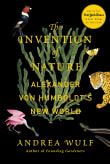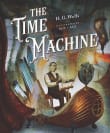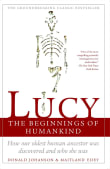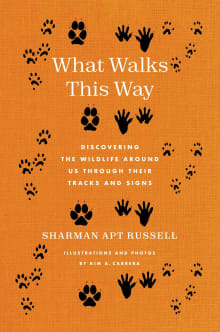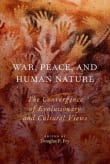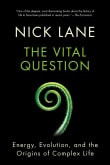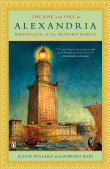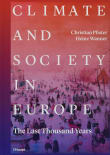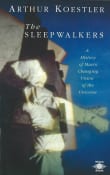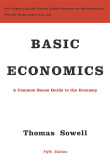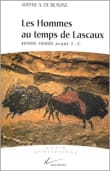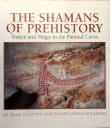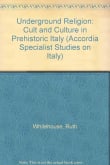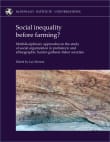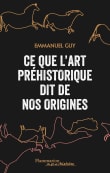Who We Are and How We Got Here
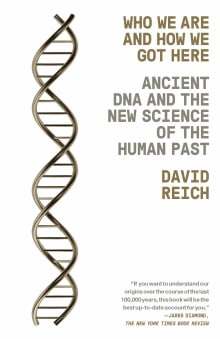
Book description
The past few years have witnessed a revolution in our ability to obtain DNA from ancient humans. This important new data has added to our knowledge from archaeology and anthropology, helped resolve long-existing controversies, challenged long-held views, and thrown up remarkable surprises.
The emerging picture is one of many waves…
Why read it?
4 authors picked Who We Are and How We Got Here as one of their favorite books. Why do they recommend it?

The new science of DNA reveals a lot about how we think about identity.
Humans are a migratory species and our stories are complicated. Ancient DNA don't always match people's stories about their ancestors. Rather than being in a place for thousands of years, sometimes we replaced those who were there before or only the males of the group.
Sometimes we completely replaced the group that was there before but the original group's culture persisted or even replaced the invading culture. The book complicates our understanding of indigeneity and belonging.
From Michael's list on changing how you see the world.

This book explains in a wonderful language how we became the humans we are, from the roots in Africa to the spreading across continents. It even reconstructs the genetic fingerprints of Tschingis Kan in the modern human genome along his war routes. From DNA recovered from bones we also learn how waves of migrations with associated pandemics replace one continental gene pool with another one, and how the Americas were inhabited. Every educated person can understand this book. Truly eye-opening.
From Christian's list on if you have an interest in the science of nature.

Two mysteries that fascinated me for decades are solved in this book. How is it that the main European languages and northern Indian languages including Hindi, Urdu, Bengali, and Marathi share a common ancestral language? And why do most Europeans, a significant proportion of northern Indians and some African cattle herders, share the ability to drink milk in adulthood when most East Asians can’t?
The ability to sequence ancient DNA has transformed our view of human prehistory in less than 10 years and David Reich is the acknowledged leader in the study of human migrations using this technique. The answer…
From Peter's list on the deep history of life on earth.
If you love Who We Are and How We Got Here...

Karl Popper once assured me that we could not possibly be related to the Neanderthals. Well, to quote one of his favorite aphorisms: “We learn by our mistakes.” It turns out that our ancestors could not keep their hands (and other bodily parts) off those hairy monsters. We are 2% Neanderthal! We know this and many other truly amazing facts about our evolution thanks to the new field of “ancient DNA,” where molecular biologists have developed techniques for extracting and examining genetic evidence from long ago. The most pertinent and provocative finding is how our ancestors moved and moved again,…
From Michael's list on human evolution and the human story.
Want books like Who We Are and How We Got Here?
Our community of 12,000+ authors has personally recommended 100 books like Who We Are and How We Got Here.

